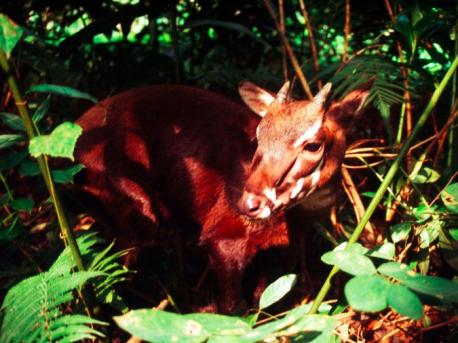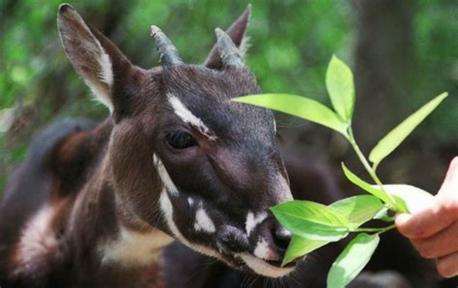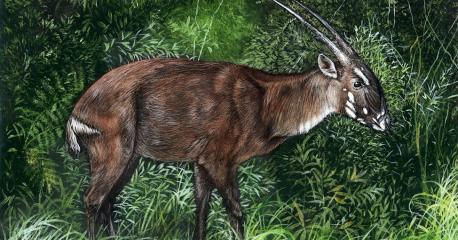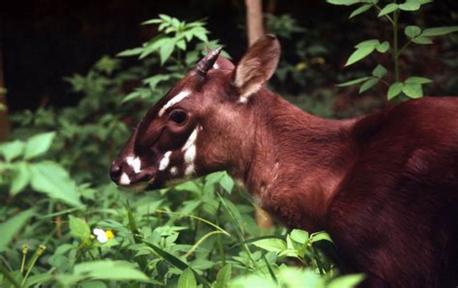Results: The Asian unicorn
Published on 01/25/2019
QUESTIONS
GO to COMMENTS
Comments
1.
1.
(source: businessinsider.com) First discovered in May 1992, the saola (Pseudoryx nghetinhensis) is often called the "Asian unicorn." It is a rarely-seen, critically endangered mammal. In fact, it is so rare that scientists have only seen it in the wild four times, according to WWF. Did you know anything about them before this survey?

Yes
7%
179 votes
No
93%
2433 votes
2.
2.
Both male and female saolas have two parallel horns on their heads, they have white markings on their face, and they look like antelopes (though they are actually cousins of cattle). They live in the forests of Vietnam and Laos. According to the IUCN, saolas are threatened by hunting and the continued fragmentation of their habitat as a result of human activities, such as road-building. Would you like to see endangered species kept in really safe sanctuaries to make sure they can be protected?

Yes
73%
1902 votes
No
27%
710 votes
3.
3.
(Source: WWF) The saola was discovered in May 1992 during a joint survey carried out by the Ministry of Forestry of Vietnam and WWF in north-central Vietnam. The team found a skull with unusual long, straight horns in a hunter's home and knew it was something extraordinary. The find proved to be the first large mammal new to science in more than 50 years and one of the most spectacular zoological discoveries of the 20th century. Can you mention any other mammal discovered during the last 50 years?

Yes
8%
206 votes
No
92%
2406 votes
4.
4.
Saola (pronounced: sow-la) are recognized by two parallel horns with sharp ends, which can reach 20 inches in length and are found on both males and females. Meaning "spindle horns" in Vietnamese, they are a cousin of cattle but resemble an antelope. Saola have striking white markings on the face and large maxillary glands on the muzzle, which could be used to mark territory or attract mates. They are found only in the Annamite Mountains of Vietnam and Laos. Did you ever visit their habitat?

Yes
5%
132 votes
No
95%
2480 votes
COMMENTS


